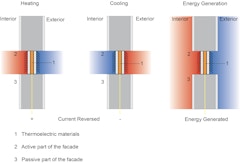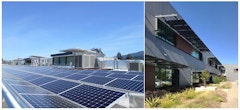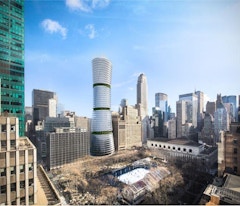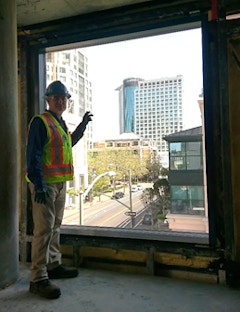Glass in GSA Buildings
Embodied carbon in buildings is a key factor in building decarbonization and while it is generally small compared to operational carbon, the
Embodied carbon in buildings is a key factor in building decarbonization and while it is generally small compared to operational carbon, the
In 2023, the International Sustainability Standards Board (ISSB) inaugurated the first two global sustainability disclosure standards IFRS S1/S2 to
Facades are increasingly being recognized as a major contributor to whole-building embodied carbon. While designers know how to reduce the embodied
Transposing innovation from government funded research to commercially viable solutions becomes ever more important when combined with the urgent


The building envelope is at the intersection of embodied and operational emissions. Curtain wall specifically could play an important role in


Architects today must explore alternative enclosure materials to meet evolving energy codes and embodied carbon regulations. Terra cotta has been

Reducing greenhouse gas emissions from the building sector is critical to limiting global temperature rise to less than 1.5⁰C. Construction and
Few buildings are as iconic as Willis Tower. Generations of Chicagoans have a collective memory of this building playing a role in their entire
Climate change goals will require significant improvements in the way buildings are constructed and operated. Building reuse can combat climate
The United Nations Department of Economic and Social Affairs projects a world population growth of over three billion over our current, nearly eight

This article presents results of a research study that focuses on understanding energy performance of novel facade systems that integrate

The transformation of a dark and inhumane 1970s tilt-up concrete office building into a high performance, light-filled modern workplace was enabled

While most of high-rise buildings feature a core surrounded by a spatial frame defining the volume, one could envision a column-free plan where the

There is no doubting the longevity of stainless steel building facades. The Chrysler Building and numerous buildings that followed have stood the

Today, building facades are expected to do much more than merely provide shelter, which is driving the need for higher performing envelope solutions.


Silicone materials have a long history in high performance building projects. Known for durability, they can reduce a building’s carbon footprint by